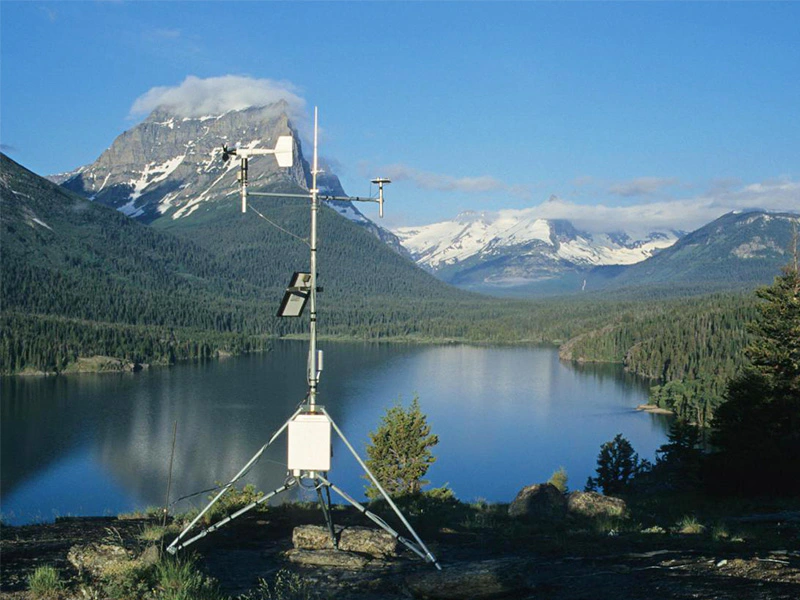
# What is a Meteorological Station?
A meteorological station, often referred to as a weather station, is a facility equipped with instruments and sensors designed to measure and record various atmospheric conditions. These stations play a crucial role in weather forecasting, climate research, and environmental monitoring.
## Key Components of a Meteorological Station
Meteorological stations typically include several essential instruments:
– Thermometer: Measures air temperature
– Barometer: Records atmospheric pressure
– Hygrometer: Determines humidity levels
– Anemometer: Measures wind speed
– Wind vane: Indicates wind direction
– Rain gauge: Tracks precipitation amounts
– Pyranometer: Measures solar radiation
## Types of Meteorological Stations
There are several classifications of weather stations based on their location and purpose:
### 1. Surface Weather Stations
These are the most common type, installed at ground level to measure conditions at the Earth’s surface.
### 2. Upper-Air Stations
These stations use weather balloons (radiosondes) to collect data at higher altitudes.
### 3. Automated Weather Stations (AWS)
Modern stations that automatically collect and transmit data without human intervention.
### 4. Agricultural Weather Stations
Specialized stations designed for monitoring conditions important to farming and crop growth.
## Importance of Meteorological Stations
Weather stations serve multiple critical functions:
– Providing data for accurate weather forecasts
– Supporting aviation safety
– Aiding in climate change research
– Assisting in disaster preparedness
– Supporting agricultural planning
– Facilitating scientific research
## Data Collection and Transmission
Modern meteorological stations often feature:
– Automatic data logging systems
– Wireless transmission capabilities
– Integration with satellite networks
– Real-time data processing
– Remote monitoring options
These technological advancements have significantly improved the accuracy and timeliness of weather information available to meteorologists and the public.
## Conclusion
Meteorological stations form the backbone of our weather observation network, providing essential data that impacts numerous aspects of daily life, from personal planning to global climate studies. As technology advances, these stations continue to become more sophisticated, offering increasingly precise measurements that enhance our understanding of atmospheric processes and improve weather prediction capabilities.
Keyword: what is meteorological station